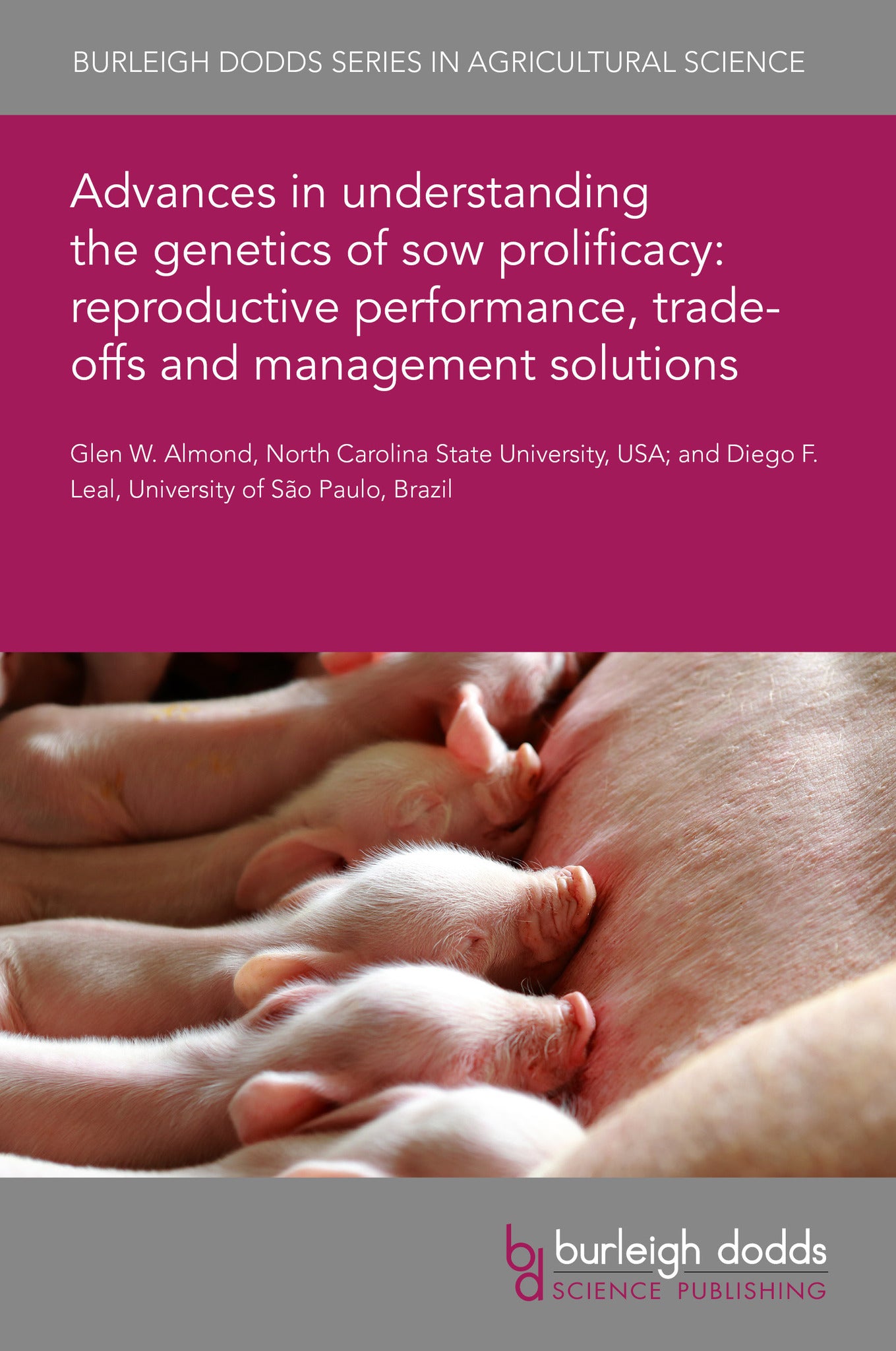We're sorry. An error has occurred
Please cancel or retry.
Advances in understanding the genetics of sow prolificacy: reproductive performance, trade-offs and management solutions

Some error occured while loading the Quick View. Please close the Quick View and try reloading the page.
Couldn't load pickup availability
- Format:
-
07 May 2025

Genetic selection for higher ovulation rate has increased the number of piglets born per litter. The increase in litter size has been accompanied by an increased proportion of low birthweight piglets and piglets with signs of intra uterine growth restriction (IUGR), Conception rates have increased substantially over the years due to genetic selection for ovulation rate and the application of advanced reproductive biotechnologies and nutritional management. Using genome-wide association studies (GWAS) and other methodologies, a number of genes have been identified that influence litter size and teat number. To overcome problems associated with low birth weight and IUGR piglets, selection for uterine capacity appears to be necessary. Finally, selection for favourable maternal behaviour also is required to reduce piglet mortality in large litters. Genetic selection efforts should be directed towards increasing litter quality and reducing post-natal piglet mortality.

TECHNOLOGY & ENGINEERING / Agriculture / Animal Husbandry, Animal breeding, TECHNOLOGY & ENGINEERING / Agriculture / Sustainable Agriculture, Sustainable agriculture

- 1 Introduction
- 2 Breeding for improved conception rate
- 3 Breeding for improved litter size
- 4 Selecting sows for uterine capacity
- 5 Breeding for improved maternal behavior
- 6 Conclusion and future trends
- 7 Where to look for more information
- 8 References



